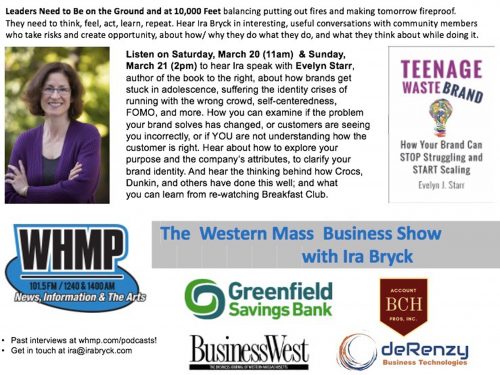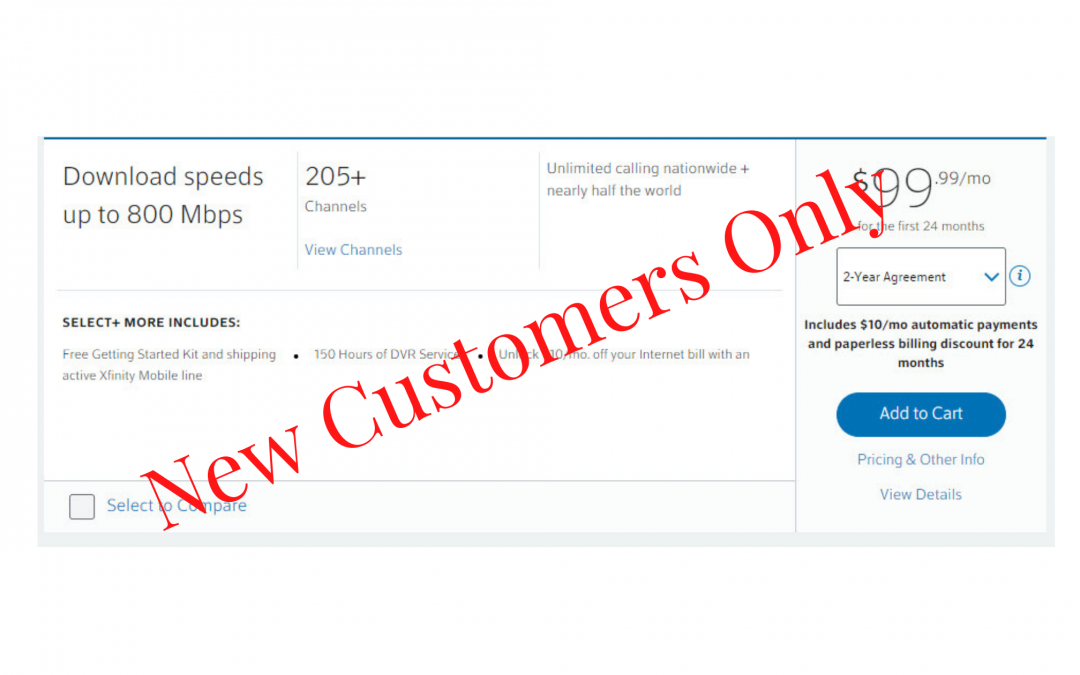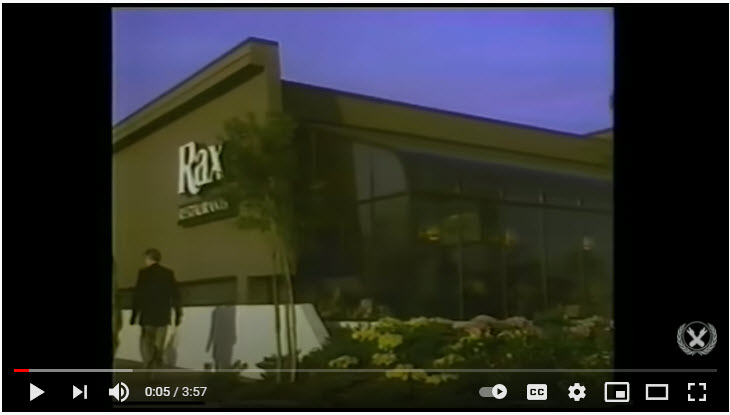This post was originally published on March 11, 2016 and updated on March 26, 2021.
In addition to my roles as wife, mother, healer, and finder of things in our household, I am also Chief Operations Officer. Like any good COO, I seek to keep overhead costs down.
Our Comcast bill seems to grow every few months, so they’ve been in my sights. In the past year, both my husband and I have called to find ways to reduce our bill.
My husband’s call a few months ago yielded us a two-year contract for $134.99 per month that included 205+ TV channels and up to 800 bps (bits per second) for our internet.
Somehow our bill still ends up being way more than that. I decided to check Comcast’s website to seek a better deal.
Comcast requires you to state your address before they will show you any deals. For existing customers, that means signing in to their account. Sure enough, there was nothing better than our current contract.
Not All Customers Are Considered Equal
Feeling impish, I logged out and then went back masquerading as a neighbor. It took inputting a couple of neighbors’ addresses to find one that wasn’t using Comcast.
Boom! There on the new customer offers page was the same deal we have, but $35 per month cheaper.
I knew it!
To be fair, Comcast was requiring paperless billing and automatic payment for the deal, and that accounted for $10 off the monthly fee. We don’t give access to our accounts for automatic payment. But still, getting the new customer deal would cost $25 per month less.
That’s $300 per year!
Armed with my screenshot of the new customer deal, I called Comcast.
My heart went out to Adam, the customer service rep who took my call. I pressed him for the same deal they were offering new customers. Adam was not authorized to give it to me.
The best Adam could do was to advise me to buy my own modem to avoid the monthly modem rental charge and to call back next month to see if they had a better promotion.
Sensing my dissatisfaction, Adam handed me off to his supervisor, José.
The Screwy Logic Used to Justify New Customer Only Deals
Can you imagine treating someone you just met better than a longtime friend?
That’s what you do when you offer new-customer-only deals that are better than your current customer offerings. You penalize patronage and loyalty, instead of rewarding them.
Companies rationalize that the better deals provide the bait needed to entice new customers, or to steal them from a competitor.
Bait being the operative word. Because that’s the best deal they’ll ever see in their lifetime with the brand.
Companies spend lavishly on repeated direct mailings and advertisements to dangle their new customer bait. The number of new customers represents important brand growth to them.
Meanwhile, existing customers provide regular revenue streams for services like Comcast. Renewing them to keep those streams going, and possibly upselling them, costs much less than acquiring new customers.
Yet that fact fails to deter the emphasis on new customers or gain better treatment for existing ones.
These brands count on their customers’ inertia, gambling that once customers sign on, they will stay.
Your Customers Do Most of Your Marketing
For services like Comcast, with few competitors, inertia or lack of a better choice may keep customers from switching.
But captive customers are not necessarily happy customers.
Companies not concerned with their customers’ feelings remain blind to the role customers play in their brand’s marketing.
A McKinsey study showed when consumers are looking to buy, two-thirds of the information they get comes from consumer-driven marketing activities, like online reviews and recommendations from friends and family, plus their own in-store interactions and recollections of past experiences.
The remaining third comes from company-driven marketing.
All the money companies pour into deals, direct mail, and advertising still contributes less to consumer decision-making than what consumers share and experience themselves.
Savvy companies harness this reality, wowing their customers with wonderful experiences that achieve customers’ desired outcomes. Customers’ joy and satisfaction motivate them to share their experiences with friends and family, on social media, and in rave reviews.
Brands pay nothing for that sharing, but reap tremendous benefits. They gain more new customers at a lower per customer acquisition cost.
Comcast appears to have the opposite going on. Though their professional ratings exceed some of their competitors, many consumers disdain them.
A Google search for Facebook pages including ‘I Hate Comcast’ yielded two and a half pages of listings. And that’s just on Facebook.
The Damage New-Customer-Only Deals Do
I long ago soured on Comcast. This episode added the latest link in a chain of disappointments. I don’t trust them because what I see offered on their website is not available to me and because what they offer me varies from month to month.
Moreover, the huge discrepancy between the new customer rate and the existing customer rate makes me feel like they value my business less than landing a new customer.
New customer only deals damage your brand several ways:
- They signal to new customers that you want to appeal to them based on price.
- They alienate current customers who can’t get the same terms they enjoyed as new customers.
- They do nothing to build a relationship with the customer based on the brand’s value.
- And the kicker, they cost more than other marketing programs because the cost of acquiring a new customer is more than keeping an existing one.
When you invest in building a brand, your goal is to establish a relationship with your customers. A relationship that includes trust, mutual respect, emotional connection, and good will.
If all you do is compete on price, you don’t have a brand. You have a commodity.
A Better Way to Attract New Customers
What can you do to attract new customers without focusing on price or alienating your existing ones?
- Sample your product for free. Sampling is a powerful marketing tool for converting prospects because it removes the risk of purchasing something unknown. Food companies enable you to sample your way through the supermarket, knowing you are more likely to buy their product with the taste of it on the tip of your tongue. Almost any industry can find a way to sample their product.
- Create an entry level product. Lower cost entry level products reflect well on your brand as they enable new customers to see how your brand solves their problem and to begin to enjoy the benefits of your solution.I offer a Quick Marketing Advice option for clients to buy an hour of my time. These sessions have helped clients get marketing solutions while experiencing what it is like for us to work together. They often lead to further engagements.
- Structure your promotions to include all your customers. Everyone loves a good deal. Reward your customers by promoting the deal to them and they may very well share it with their friends and family. As we’ve seen, personal recommendations play a large role in consumers’ consideration.
AT&T may have seen the light. Last October they began a campaign stressing that “New and Existing Customers Get AT&T’s Best Smartphone Deals.”
AT&T’s fourth quarter 2020 results show their mobile phone business revenues rose 7.6 percent, as they netted 800,000 additional phones and saw customer churn of 0.76 percent, their second lowest quarter ever. By comparison, Verizon’s revenues rose 2.2 percent, netting 703,000 additional phones, with 0.80 customer churn.
Verizon has kept their new-customer-only deal. But if AT&T continues to beat their performance, I bet they follow AT&T’s lead.
I’m not saying you can’t give great introductory deals to attract new customers. I’m saying at least extend those deals to your existing customers too. Or as Shep Hyken suggests, give existing customers even better ones. Reward them for their business and their loyalty.
In the end, it comes down to this: treat your customers as you would like to be treated. Wouldn’t you like the best deal available?
When Adam’s supervisor José got on the phone, he asked about my experience talking with Adam and with Comcast.
I expressed kudos for Adam who did the best he could within Comcast’s guidelines. But the better deal for new customers disappointed me, making me feel second-class despite my longtime customer status.
The best José could do was credit me $20 and tell me to call back next month in case they have better offers.
The frequent-calling-for-better-deals game lost its allure ages ago.
The research for this post led me to numerous articles about ditching cable boxes. Since we’re in a two-year contract, we’ll be looking into that as well as getting our own modem.
And in two years…maybe we’ll cut the cord.
Have I convinced you to ditch new customer only deals?
How do you keep your internet/TV/phone bills down?
P.S. Not convinced that new customer only deals should be banished from your marketing? Read about my father’s epic battle with The New York Times. Which he won.
A Chat About Teenage Wastebrand and Brand Adolescence
As I write you, I await my author proof copy of my new book, Teenage Wastebrand: How Your Brand Can Stop Struggling and Start Scaling, from Amazon. I’m beyond excited! The book will be available in April.
You can hear about the book in my interview with Ira Bryck, host of the Western Mass Business show. I was honored that Ira slated me in before concluding his host run of the show after 7 years. (Tara Brewster takes over in May.)
You can watch the video of the show here.
You can listen to the show here.

Just for Fun
Have you ever heard of Rax? I hadn’t.
This video explains why. It tells the cautionary tale of lack of target audience, includes a cringeworthy advertising character, and shows just how far management can talk themselves into something.
It’s hilarious. Hat tip to David Troen-Krasnow for bringing it to my attention.
Enjoy!
If you liked this post, you’ll love the next one.
To have future posts sent to your inbox...



Interesting post, Evelyn. What if….
…you tell the potential new client, “the typical price for this good or service is $x, but as an inducement to try us we’ll mark your first use down by [some] percentage.” In this way you are being completely transparent about how the deal will work – unlike Think Energy.
I also think the sampling approach is good, but at the same time it risks communicating zero value, which may not really motivate trial.
Your introductory offer would work fine, but it may also lead to situations where the company loses that x% when it didn’t have to. I disagree that sampling communicates zero value. It is a taste, a preview that eliminates or reduces the uncertainty. In a consulting context it could be an initial consult to see if the parties are compatible or an assessment that precedes a proposal. In the services area, people want to know if they like you and what it would be like to work with you before they sign on. For example, I learned much the contractors we were considering when they came in to look at our space and to talk about how they would approach it.